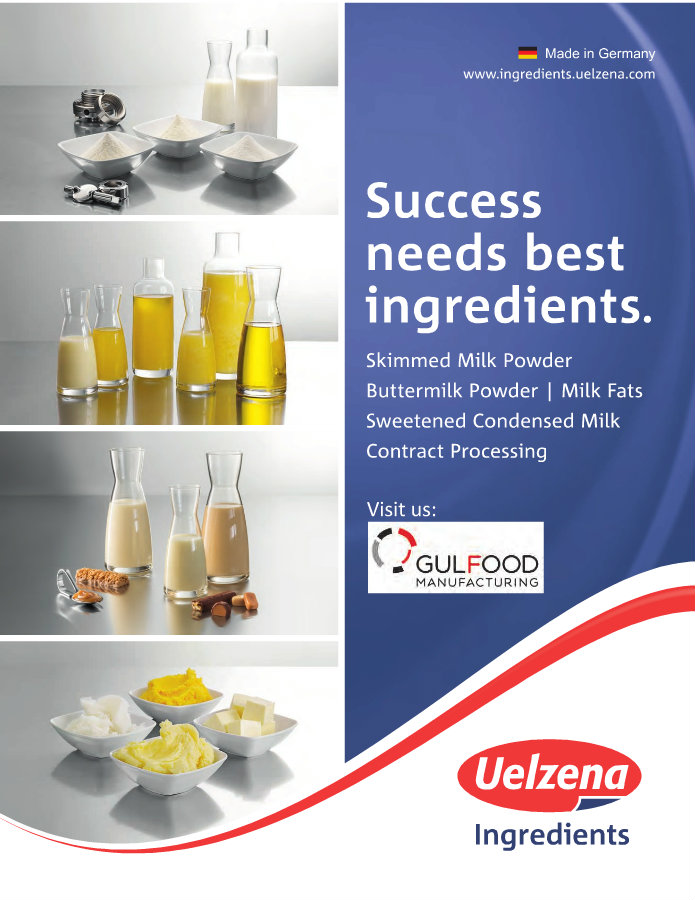When do you toss food from the fridge or cabinet to the garbage? When it’s past the “use by” or “sell by” date marked on the packaging? When starts to look clammy, wilted, or moldy? When it tastes off or fails the sniff test?
Turns out, a lot of people rely on those labels, even when they’re not quite sure what they mean, according to a new survey released today at a food waste summit in Washington, D.C. The survey, conducted by a team from the National Consumers League, Harvard Food Law and Policy Clinic, and Johns Hopkins Center for a Livable Future, probed how customers make sense of food labels, which are notoriously variable and unstandardized.
In the U.S., about 40 percent of all food goes uneaten each year, costing the average family upwards of $1,500 and resulting in about 53 million tons being hauled off to landfills. Nearly half of this waste happens at the consumer level, where it’s partly due to confusion about what’s edible and what’s long past its prime.
The researchers found that 84 percent of respondents at least occasionally tossed food that was close to or past the date printed on the label, even if they weren’t clear on whether that label referred to food quality or food safety. “Many people throw away food once the date on the package has passed because they think the date is an indicator of safety, but in fact for most foods the date is a manufacturer’s best guess as to how long the product will be at its peak quality,” Emily Broad Leib, the director of the Harvard Food Law and Policy Clinic and a survey co-author, said in a statement.
Millennials were the demographic most likely to ditch food past the date stamped on the label; consumers ages 65 and older were the least likely to do so. The researchers also found that, across demographics, customers were more inclined to toss certain foods than others. About half of all respondents said that they “always” throw away raw chicken after its “use by” date; just 9 percent said the same thing about breakfast cereal. Still, responses varied among socio-economic classes: Families with annual incomes below $35,000 most commonly reported that they “never” discard raw meats after their “use by” date.
There’s a major difference between a somewhat stale cracker and a rancid beef patty that could harbor e. coli bacteria. The researchers conclude that consumers would benefit from clearer distinctions between “date labels that indicate safety, versus those that are only intending to communicate peak quality.”
This takeaway echoes the findings of a comprehensive report released in March, which posited that standardized date labels could help the environment, too. The authors of that report estimated that labels would be a cost-effective intervention that could curb 398,000 tons of food waste annually, and help the U.S. reach the goal of halving all food waste by 2030.





